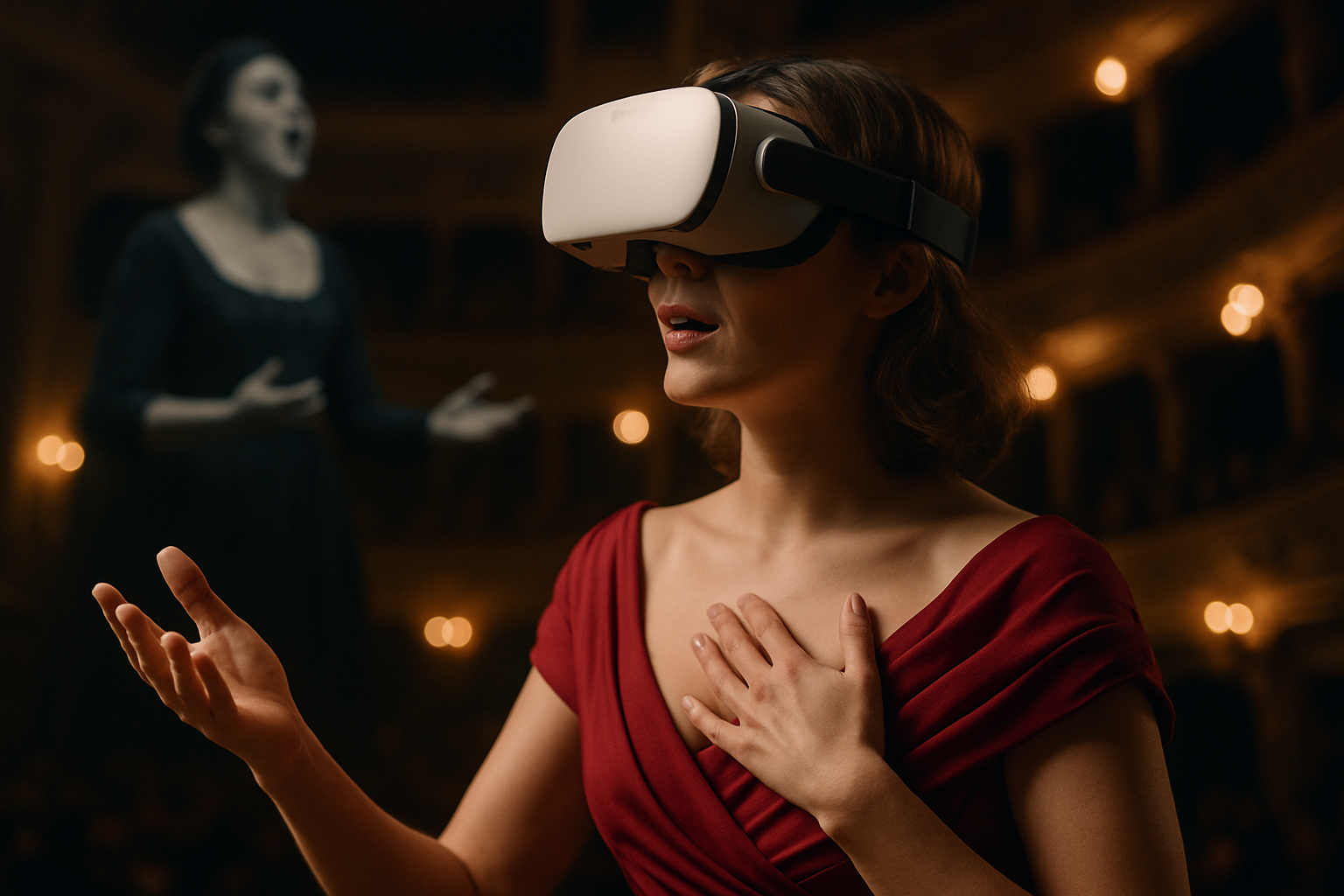Virtual Reality Opera: Redefining the Boundaries of Performance
In the ever-evolving landscape of artistic innovation, a groundbreaking fusion of technology and classical art form is taking center stage. Virtual Reality Opera, a cutting-edge blend of immersive digital environments and operatic performance, is captivating audiences and challenging traditional notions of theatrical experience. This revolutionary approach to opera is not only pushing the boundaries of what's possible in performance art but also attracting a new generation of tech-savvy enthusiasts to an age-old medium. As the curtain rises on this digital frontier, we explore the transformative power of Virtual Reality Opera and its potential to reshape the future of musical storytelling.

Technological Marvels Behind the Scenes
At the heart of Virtual Reality Opera lies a complex web of cutting-edge technologies. High-resolution 360-degree cameras capture live performances, while sophisticated 3D modeling software creates fantastical digital environments. Spatial audio systems ensure that the music and vocals surround the viewer, creating a truly immersive auditory experience. The integration of haptic feedback devices adds another layer of sensory engagement, allowing audiences to feel the vibrations of the music and the movement of performers.
Reimagining Classical Works for the Digital Age
One of the most exciting aspects of Virtual Reality Opera is its ability to breathe new life into classic works. Productions of timeless operas like Carmen and La Bohème have been reimagined for VR, transporting viewers to richly detailed digital versions of 19th-century Seville or Paris. These adaptations allow audiences to experience familiar stories from entirely new perspectives, often placing them directly on stage alongside the performers or offering multiple viewpoints to choose from throughout the performance.
Original Compositions Tailored for VR
While reimagined classics have their place, the true potential of Virtual Reality Opera lies in original works composed specifically for the medium. These new operas are designed from the ground up to take full advantage of VR’s unique capabilities, offering narratives that unfold across multiple dimensions and interactive elements that blur the line between performer and audience. Composers and librettists are now collaborating with VR designers and programmers to create works that simply couldn’t exist in a traditional opera house.
The Audience Experience: A New Frontier in Engagement
For audiences, Virtual Reality Opera offers an unparalleled level of engagement and immersion. Gone are the days of passive observation from velvet seats; VR opera goers find themselves at the center of the action, free to explore the digital stage and interact with the environment in ways previously unimaginable. This heightened level of engagement has proven particularly appealing to younger audiences, many of whom are experiencing opera for the first time through this innovative medium.
Challenges and Controversies in the VR Opera World
Despite its potential, Virtual Reality Opera is not without its challenges and detractors. Some purists argue that the technology detracts from the raw power of live vocal performance, while others raise concerns about accessibility and the potential for VR to create a divide between those who can afford the necessary equipment and those who cannot. Technical hurdles, such as motion sickness and the limitations of current VR headsets, also present ongoing challenges for creators and audiences alike.
The Future of Virtual Reality Opera
As technology continues to advance at a rapid pace, the future of Virtual Reality Opera looks brighter than ever. Improved VR hardware promises even more immersive experiences, while developments in AI and machine learning could lead to adaptive performances that respond in real-time to audience reactions. The potential for global accessibility is also exciting, with the possibility of audiences from around the world attending virtual performances simultaneously, breaking down geographical barriers in unprecedented ways.
Conclusion: A New Chapter in Operatic History
Virtual Reality Opera stands at the forefront of a new era in performing arts, blending centuries-old traditions with cutting-edge technology to create something truly revolutionary. As this art form continues to evolve and mature, it has the potential to not only attract new audiences to opera but also to fundamentally change our understanding of what performance can be. Whether viewed as a natural evolution or a radical departure, one thing is clear: Virtual Reality Opera is writing a thrilling new chapter in the storied history of this enduring art form.





